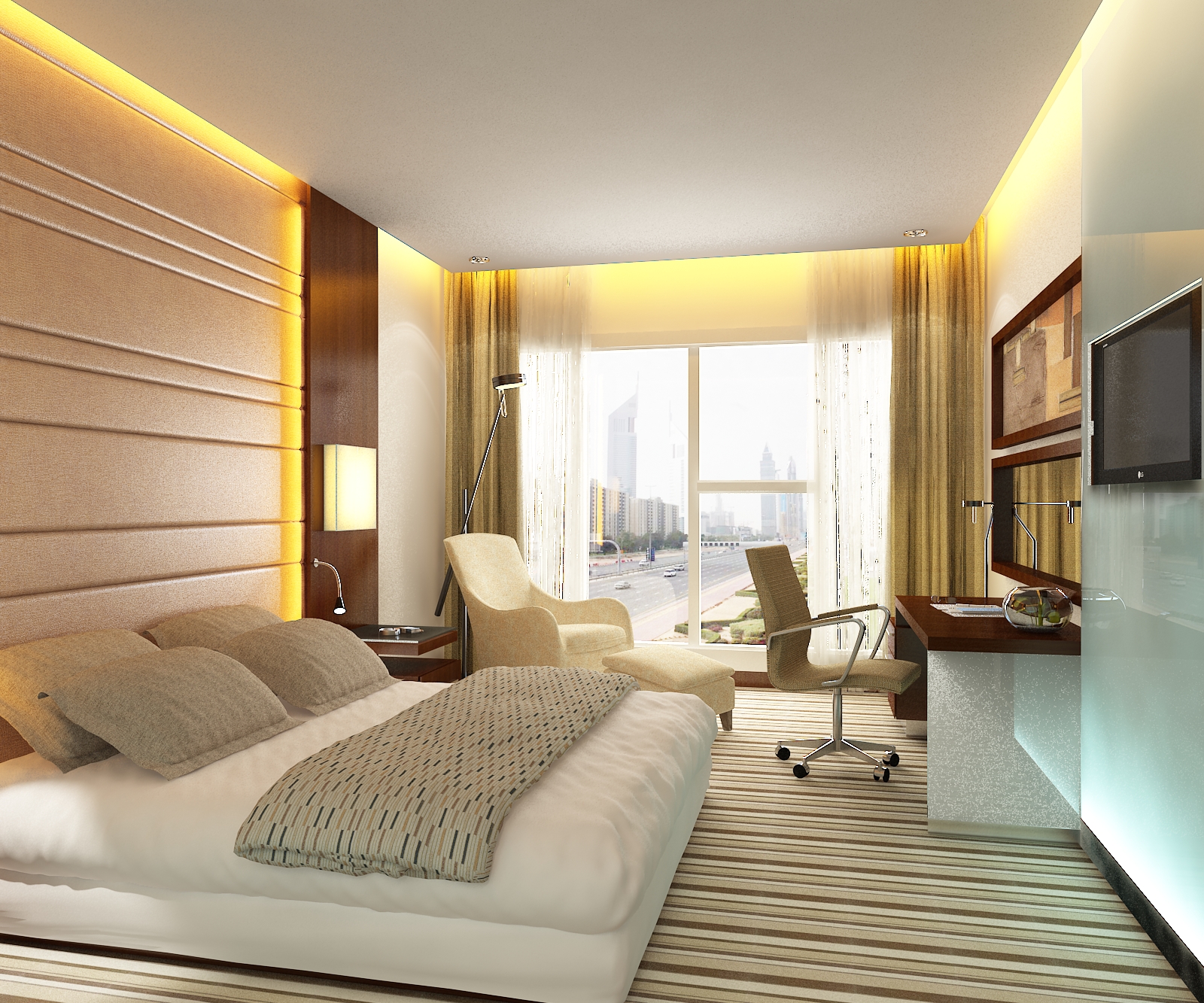Top 20 Interior Designer Fresher Interview Questions
Table of Contents
Top 20 Interior Designer Fresher Interview Questions
1. Can you tell us about yourself and your background in interior design?
Example – “Certainly! I recently completed my Bachelor’s degree in Interior Design from [Your University]. During my studies, I gained a strong foundation in design principles, space planning, and 3D modeling. I also interned with [Internship Company], where I had the opportunity to work on real projects and refine my skills.”
2. What inspired you to pursue a career in interior design?
Example – “I have always had an interest for designing attractive, functional spaces. Interior design allows me to combine my creativity with my interest in architecture and aesthetics, making it the perfect career choice.”
3. How do you stay updated with the latest design trends and innovations?
Example – “I frequently read blogs, design publications, and social media profiles of well-known designers. Attending design exhibitions and workshops also helps me stay updated with the latest trends and technologies in the industry.”
4. Can you describe a project you worked on during your studies or internship?
Example – “Certainly. During my internship at [Internship Company], I worked on a residential project where I was responsible for creating mood boards, assisting with space planning, and selecting furnishings and materials. This experience taught me the importance of client collaboration and attention to detail.”
5. How do you approach a new project?
Example – “Using in-depth interviews and surveys, I begin by learning about the needs and preferences of the customer. Then, I conduct site visits to assess the space and its potential. Next, I create mood boards and concept sketches to present to the client for feedback before proceeding with the detailed design and planning phases.”
6. What software tools are you proficient in for interior design?
Example – “I have experience utilizing programs like AutoCAD, SketchUp, and Adobe Creative Suite to write, model 3D objects, and produce presentations. I also have experience with design software like Revit and 3ds Max.”
7. How do you handle tight budgets while ensuring a high-quality design?
Example – “I favor budget-friendly furnishings and materials without decreasing appearance. I also explore creative solutions, such as repurposing existing furniture or using sustainable materials to reduce costs while maintaining design quality.”
8. Can you discuss a challenging project you worked on and how you overcame the challenges?
Example – “It was necessary to use a limited, uneven space for a number of functions during one challenging project. To overcome this, I used modular furniture and clever space-saving solutions to maximize functionality while maintaining an appealing design.”
9. How do you approach sustainable and eco-friendly design practices?
Example – “I think sustainable design is important. I incorporate energy-efficient lighting, use eco-friendly materials, and consider the life cycle of products to reduce environmental impact. I also educate clients about the benefits of sustainable design choices.”
10. How do you handle client feedback and revisions to your designs?
Example – “I welcome client feedback as it helps me tailor the design to their preferences. I encourage open communication and revise the design accordingly, ensuring the client’s vision is realized while maintaining functionality and aesthetics.”
11. What is your favorite interior design style, and why?
Example – “I enjoy many different types of design, but contemporary design is my favorite due to its simple lines, minimalist look, and focus on functionality. It allows for creative freedom while maintaining a timeless appeal.”
12. Can you share your experience working in a team or with other professionals in the industry?
Example – ” During my training and internship, I had the opportunity to work together with architects, builders, and other design professionals. Effective communication and teamwork were crucial to ensure that the project was executed smoothly and met the client’s expectations.”
13. How do you handle deadlines and manage multiple projects simultaneously?
Example – “I am highly organized and use project management tools to prioritize tasks and set realistic deadlines. Regular check-ins and updates with clients and team members help ensure that projects are completed on time.”
14. What do you believe sets you apart from other interior design candidates?
Example – “I stand out from the competition because of my commitment to remaining current with industry trends. I am also a quick learner and open to new challenges.”
15. How do you address accessibility and inclusivity in your designs?
Example – “I consider accessibility guidelines and principles in my designs to ensure that spaces are inclusive and functional for people of all abilities. This includes factors like wheelchair accessibility, proper lighting, and ergonomic furniture.”
16. Can you share your thoughts on the role of interior design in improving well-being and mental health?
Example – “Interior design plays a significant role in enhancing well-being. Thoughtful design choices, such as natural light, calming color palettes, and ergonomic furniture, can create spaces that promote mental health and comfort.”
17. How do you handle a project with a client who has conflicting design preferences within a household or workspace?
Example – “I encourage open communication to learn more about each person’s interests and objectives. Then, I strive to find common ground and create a cohesive design that reflects the needs and tastes of all parties involved.”
18. Can you discuss any certifications or continuing education courses you plan to pursue in the field of interior design?
Example – “I am interested in obtaining certifications such as LEED (Leadership in Energy and Environmental Design) and pursuing courses in sustainable design and digital rendering to further enhance my skills and knowledge.”
19. How do you handle design challenges related to small spaces or unconventional layouts?
Example – “I see such challenges as opportunities for creativity. I use space-saving furniture, innovative storage solutions, and unconventional layouts to maximize functionality and aesthetics in small or irregularly shaped spaces.”
20. What is your long-term career goal in interior design?
Example – “My long-term objective is to become regarded as an interior designer known for my creative and environmentally friendly work. I also aspire to contribute to the community by designing spaces that positively impact people’s lives.”




